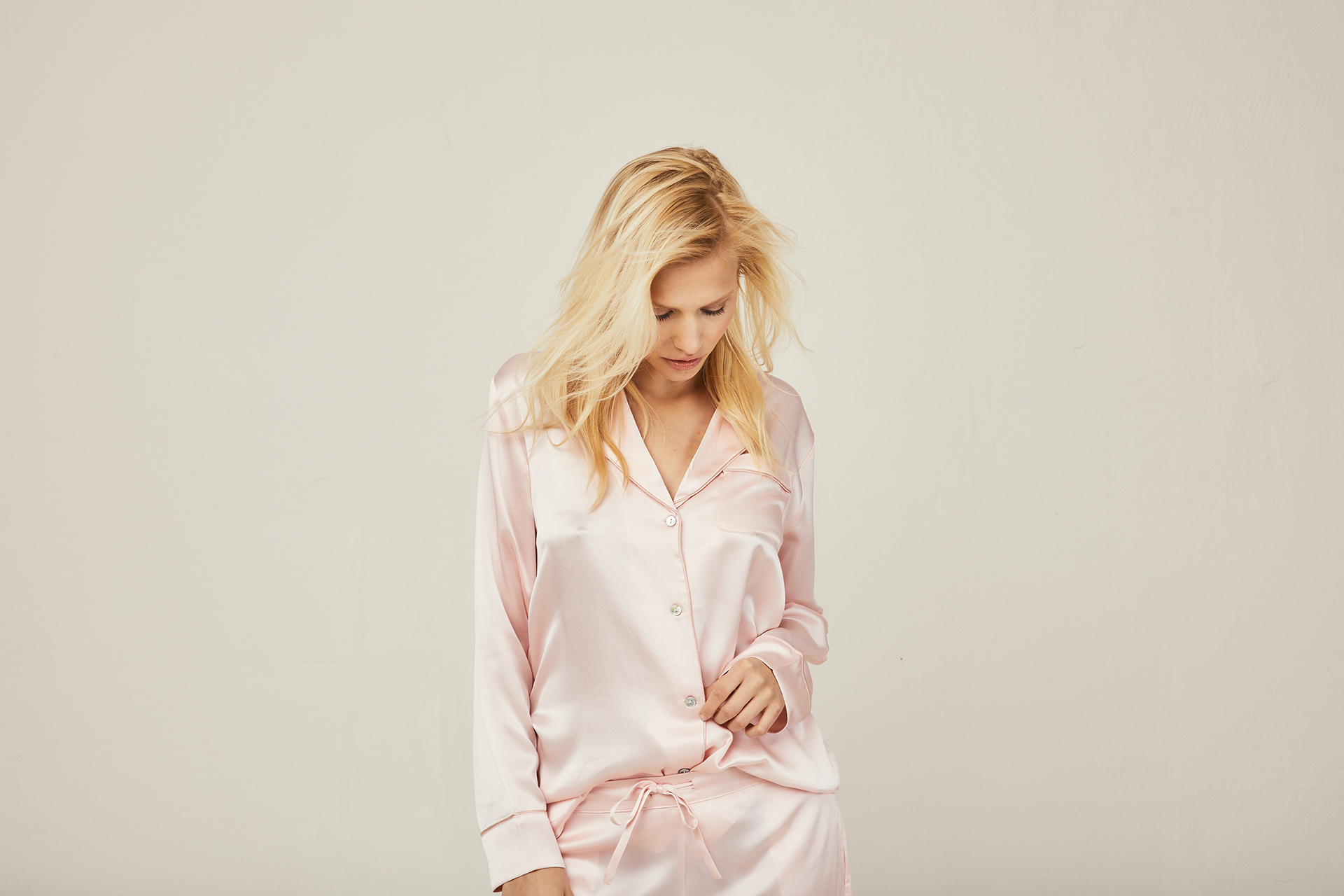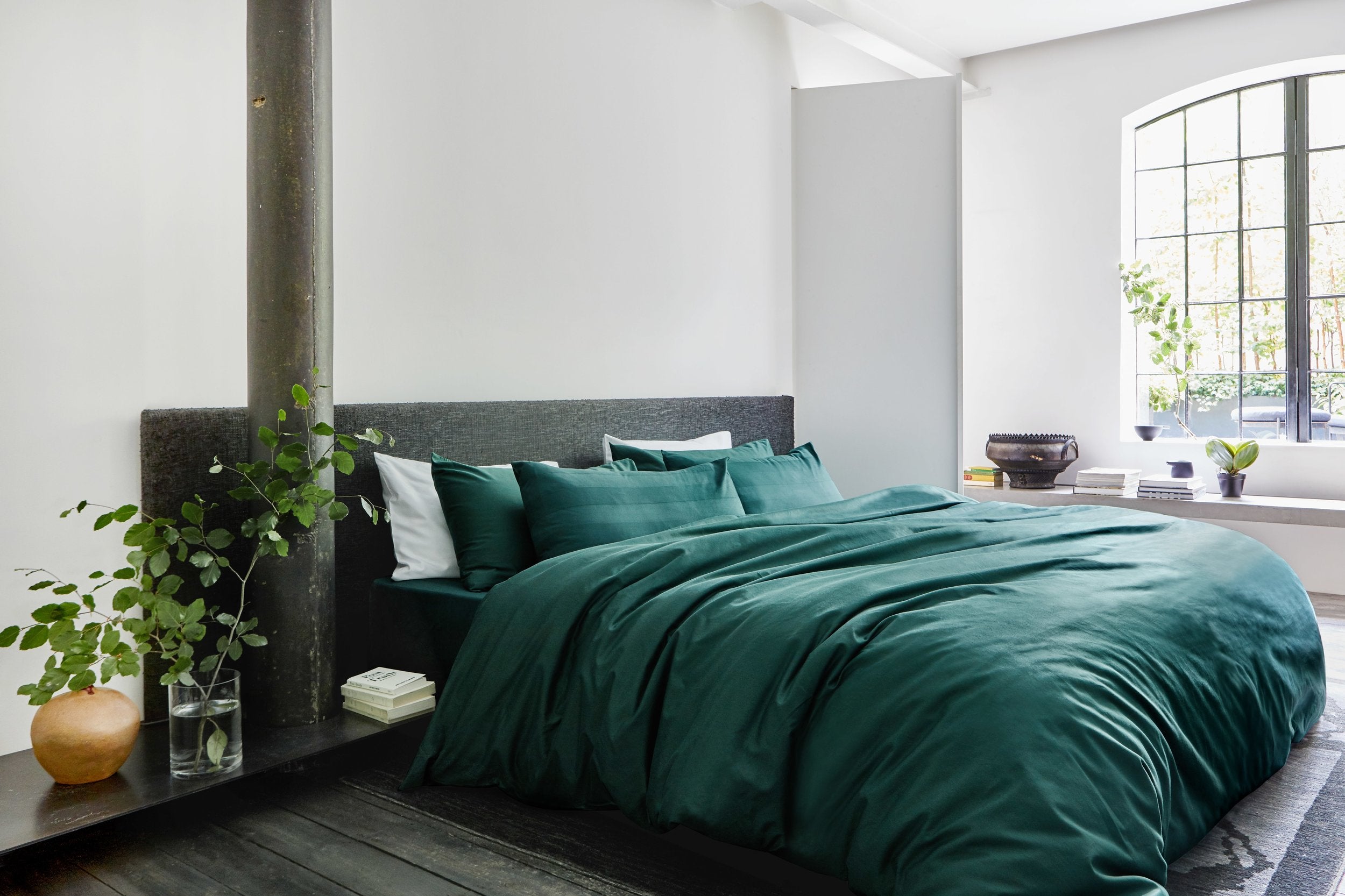When did shopping for bedding become so complicated? If you’re looking for a white double duvet cover on the website of a leading UK department store, you’ll need to choose from 54 options.
Visiting a shop in person isn’t any different – you’ll need to navigate aisles of plastic wrapped bedding that all looks the same. It’s only once you get your sheets back home, and on your bed, that you can truly ascertain the quality of your purchase.
But shopping for bedding doesn’t need to be so complicated. Here’s three tips to help you navigate the overcomplicated web that is the bedding industry
1) Look for quality, not quantity
Because it’s so difficult to differentiate between two similar looking bedding sets by eye, retailers have increasingly pushed thread count as an indicator of the quality of a bedding set.
Thread count measures the number of threads in a square inch of fabric. But the truth is, a higher thread count doesn’t necessarily make better bedding.
Instead, the key factor in making luxury bedding is the quality of the cotton being used. rather than the quantity of threads. Makes sense, right?
Look for long-staple cotton, which is naturally stronger and finer than regular cotton, and which produces the softest and most durable sheets.
2) Know your makers
Making bedding is a true craft and a hugely complicated process. The leading mills can have production lines that are kilometres in length, and pieces of high-tech machinery that cost tens of millions to build and run. Like any product, the skill of the makers has a huge impact on the quality of the bedding that you buy.
In Europe, Portugal & Italy have long traditions of textile manufacturing and vibrant industries which produce luxury bedding for high-end retailers worldwide.
3) Your weave is keyPercale cotton – which utilises a traditional one-under-one-over pattern – produces a cool & crisp fabric with a matte finish.
Once the quality of your bedding is set, it’s the type of weave utilised in the production process that can have the biggest impact on how your bedding looks and feels. There are two main types of weave when it comes to cotton bedding – percale and sateen.
Percale cotton – which utilises a traditional one-under-one-over pattern – produces a cool & crisp fabric with a matte finish.
Sateen cotton – which uses a less common one-under-three-over pattern – produces a silk like fabric with a subtle sheen.
So now you know how to shop for bedding like a pro, you can finally find those hotel quality sheets that you’ve been missing…











